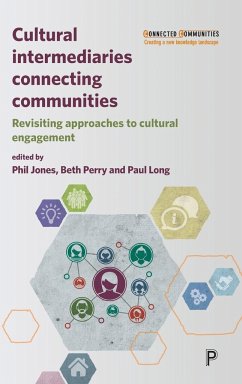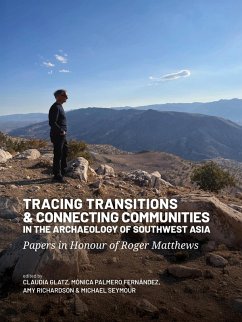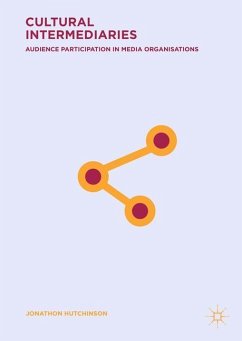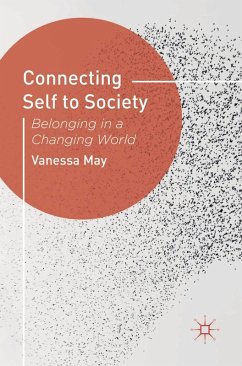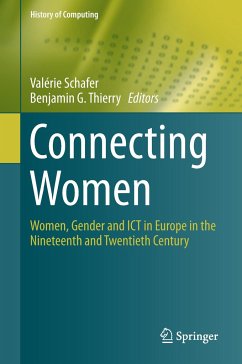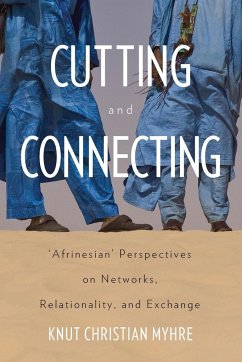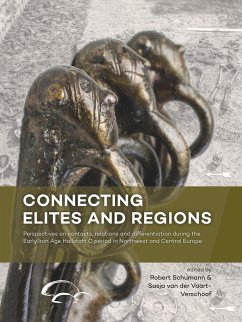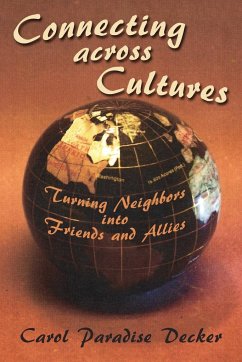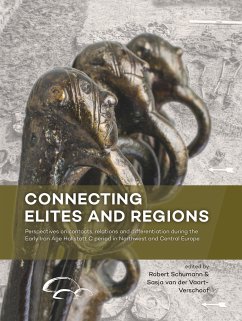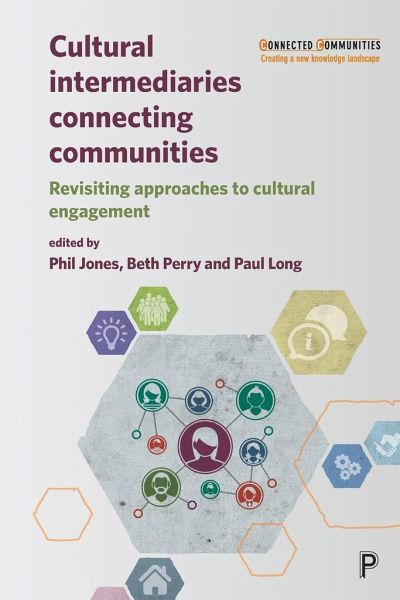
Cultural Intermediaries Connecting Communities
Versandkostenfrei!
Versandfertig in 1-2 Wochen
44,99 €
inkl. MwSt.
Weitere Ausgaben:

PAYBACK Punkte
22 °P sammeln!
This book considers the importance of cultural intermediaries, analysing their role as mitigators of the worst effects of social exclusion and examining the necessity to engage communities with different forms of cultural consumption and production.




